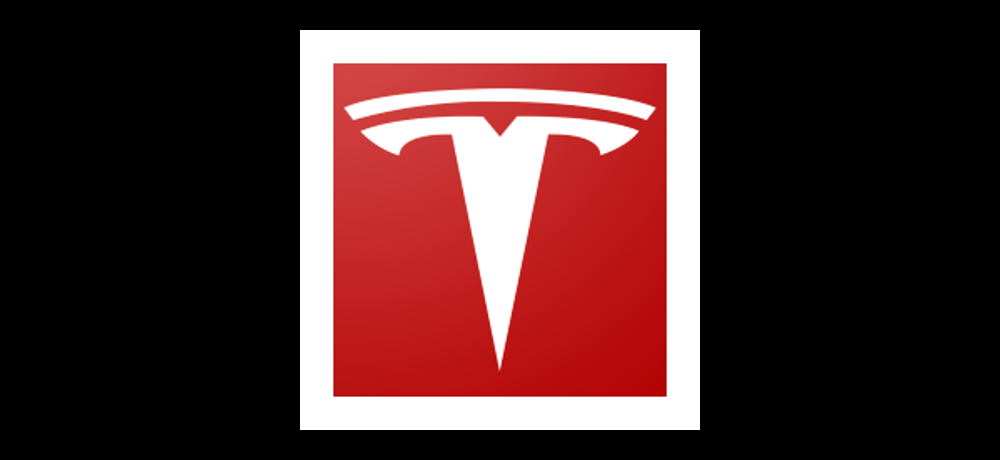Skydance-owned Paramount (PARA) struck a seven-year, $7.7 billion media-rights pact to become the exclusive U.S. home of the Ultimate Fighting Championship (TKO), marking the merged company’s first major strategic move under CEO David Ellison. Beginning next year, Paramount+ will stream the full domestic slate—13 numbered UFC cards and 30 Fight Nights—with select marquee events simulcast on CBS, positioning the platform at the center of a year-round, appointment-sports ecosystem that can drive subscriber growth and advertising heft.
The deal pushes Paramount deeper into the sports-arms race as cord-cutting accelerates, aligning with Ellison’s thesis that premium exclusives are the “single biggest driver” of subs. Unlike UFC’s traditional pay‑per‑view model, events will be included at no extra cost, while rights fees average roughly $1.1 billion annually to TKO Group. Rivals are bulking up too—Netflix with a $5 billion WWE Raw pact and NFL holiday games, Disney’s ESPN with long-term renewals across NFL, NHL, MLB and the CFP—raising the stakes for engagement and churn control.
Market Overview:- Paramount+ becomes exclusive U.S. home for UFC; CBS to simulcast select numbered cards
- $7.7B over seven years underscores the premium on live sports amid streaming consolidation
- Shift from PPV to included access aims to supercharge acquisition and retention
- Average annual rights fee ≈ $1.1B paid to TKO Group
- Launch in 2025 with 13 numbered events and ~30 Fight Nights in the U.S.
- Paramount-Skydance merger closed last week; deal signals content‑first strategy under Ellison
- International UFC rights could be targeted as markets come up for bid
- ARPU lift via advertising, tiers, and CBS cross‑promotion
- Sustained engagement becomes key KPI as rivals scale sports portfolios
- Subscriber Magnet: Securing exclusive UFC rights positions Paramount+ as the “must-have” sports streaming destination, sitting at the center of a year-round live content ecosystem. This appointment-viewing can drive both massive subscriber acquisition and retention by giving fans a compelling reason to stay—especially as cord-cutting ramps up.
- Competitive Differentiation: Bundling UFC events (including those traditionally behind a paywall) at no extra cost—plus simulcasting big fights on CBS—supercharges the platform’s value proposition and expands reach with cross-promotion. Paramount’s ability to blare UFC across broadcast, streaming, and brand integrations maximizes engagement and advertising heft versus Netflix, Disney, and Amazon.
- Advertising & Monetization Upside: The size and passion of the UFC audience gives Paramount+ and CBS plenty of new inventory to target, opening lucrative doors for ad innovation (dynamic insertions, interactive campaigns, sponsorships). Higher ARPU is achievable through new ad products, premium viewing tiers, and potential sports-themed upsells.
- Strategic Flywheel: The top-shelf sports rights deal signals to content creators and partners that the Ellison-led, merged Skydance-Paramount is serious about being the home for marquee IP. This can attract further rights, spinoffs, and adjacencies—potentially unlocking international UFC expansion as global rights come up for renewal.
- Year-Round Viewer Engagement: A steady weekly cadence of fight nights smooths out seasonality in viewership, lowering churn and increasing overall platform “stickiness.” The visibility boost for the sport (via CBS windows and cross-promos) can turn casual viewers into diehards, increasing the total lifetime value of each subscriber.
- Actionable Play: For sales teams and channel partners, this is a prime moment to activate both direct-to-consumer and B2B campaigns, leveraging exclusive UFC access as the tip of the spear to land enterprise deals, partnerships, and bulk signups. For advertisers, getting onto Paramount+ early provides first-mover advantage before ad inventory tightens.
- High Stakes, High Costs: At $1.1B/year in rights fees, the math only works if Paramount+ delivers meaningful and sustained subscriber growth, ad sales, and engagement step-ups. Rights inflation and ballooning production costs create material risk to margins, especially if conversion lags or advertising falls short.
- Market Saturation: Rivals are not resting: Netflix, Disney/ESPN, and others are locking up premium sports at scale. The streaming “sports arms race” could saturate consumer willingness to pay or overwhelm user attention spans, making it tough for Paramount+ to emerge as the sole sports super-app or drive the expected ARPU lift.
- Executional Complexity: Shifting UFC from traditional Pay-Per-View to included streaming access is a major business model leap—risking cannibalization of PPV revenue (for TKO/UFC) and loading Paramount+ with new operational and tech requirements to deliver flawless live events at scale.
- Churn and Retention Dangers: While appointment sports can lower churn in theory, if UFC fans binge only for certain fights or event gaps emerge, Paramount+ could see sharp drop-offs between tentpole cards. Competitors’ simultaneous pushes and aggressive promotions may counteract Paramount's stickiness.
- Uncertain Monetization: The success of CBS cross-promotion and new ad models is unproven at this scale. If advertisers hesitate or CPMs lag expectations, upside could remain elusive, especially if subscription growth plateaus as the initial fan influx settles.
- Operational Action: Paramount must rigorously track KPIs—subscriber lift, ARPU, ad yield, and churn—quarter by quarter. Rapid-response campaigns and feedback loops will be needed to optimize retention incentives, offer stacking, and partnership structures. For commercial and technology teams, building out scalable live-event delivery and customer support systems is critical to avoid negative headlines and customer dissatisfaction during high-traffic fight nights.
For the UFC, the agreement centralizes distribution and broadens reach: about 43 live events annually to roughly 100 million U.S. fans and nearly a billion households globally. For Paramount, the calculus is lifetime value—lowering acquisition cost via must‑watch programming, stabilizing churn with weekly cadence, and monetizing a national footprint through CBS shoulder programming, live windows, and brand integrations.
Execution risk is nontrivial. Rights inflation and production outlays must be matched by step‑ups in subs, viewing time and ad yield; otherwise, near‑term margins will compress. Investors will watch uptake at Paramount+, advertising sell‑through on CBS simulcasts, and whether TKO leverages the platform for pricing power. With the Skydance tie‑up fresh, the deal is a high‑visibility wager that premium live IP remains the flywheel of streaming economics.




